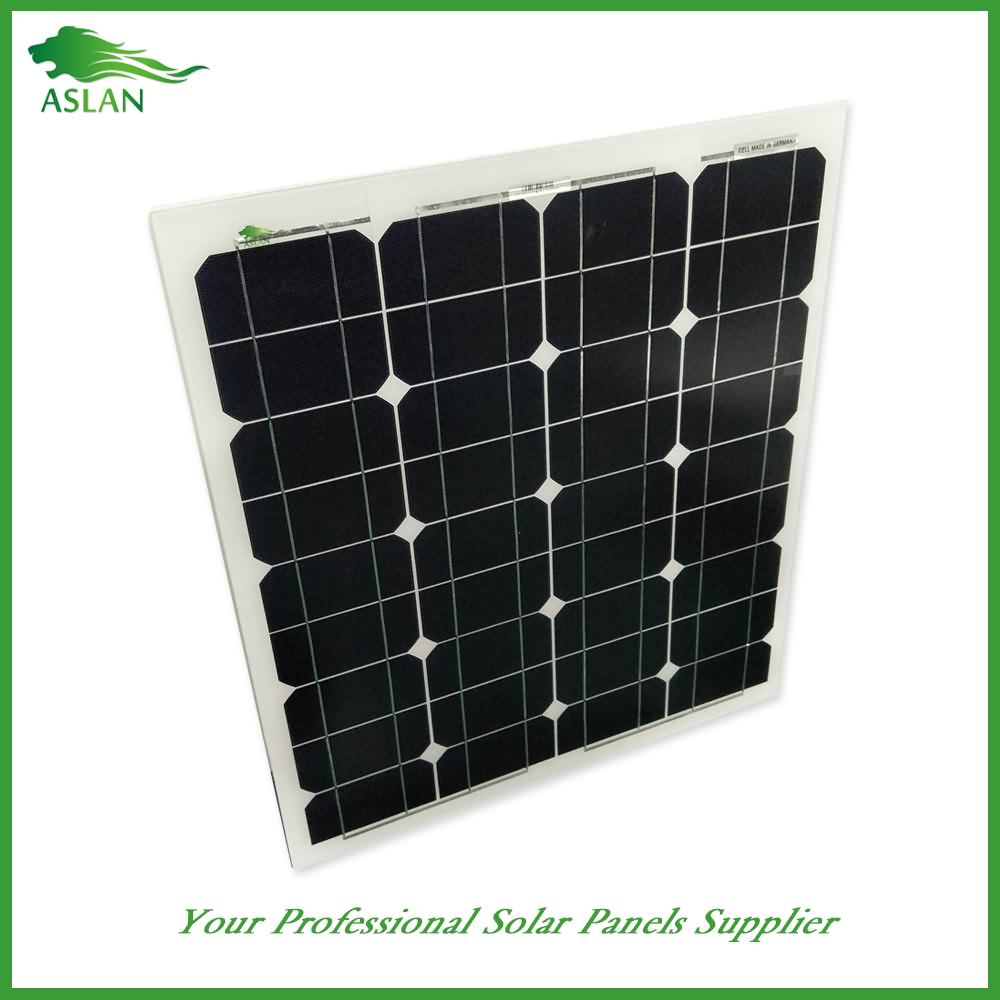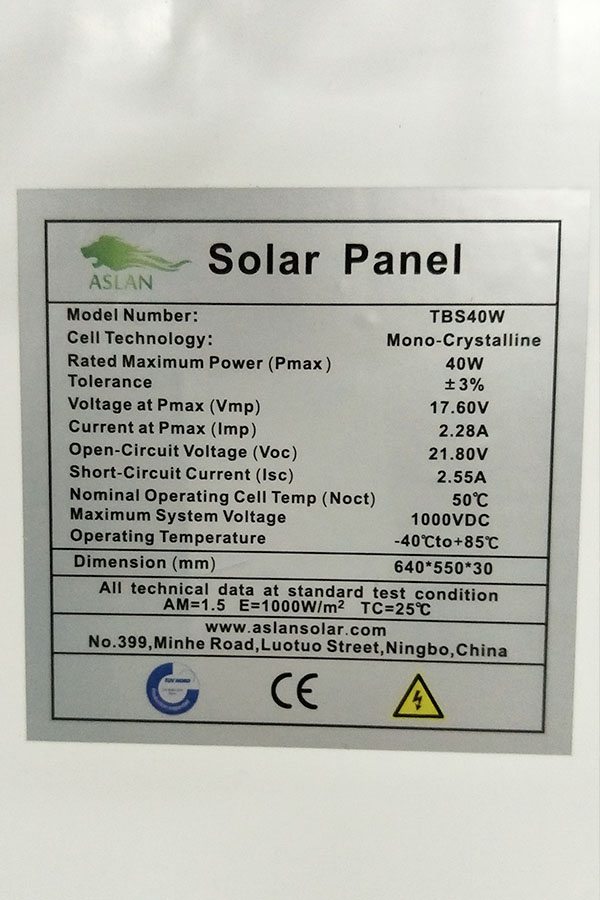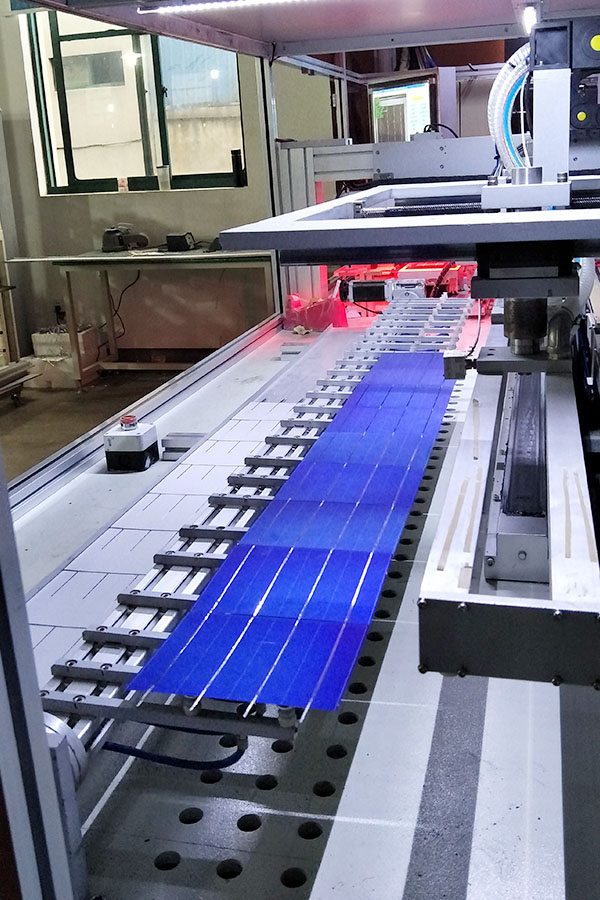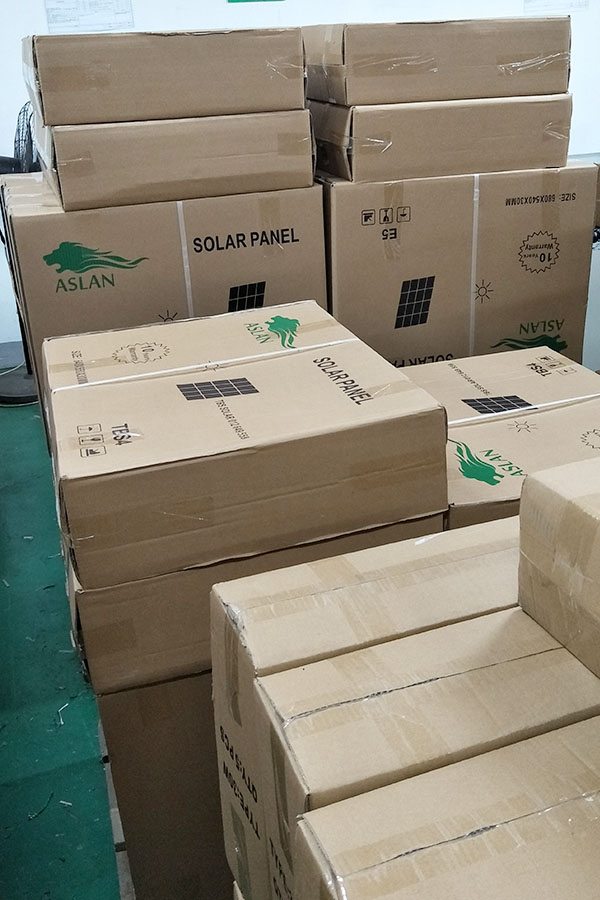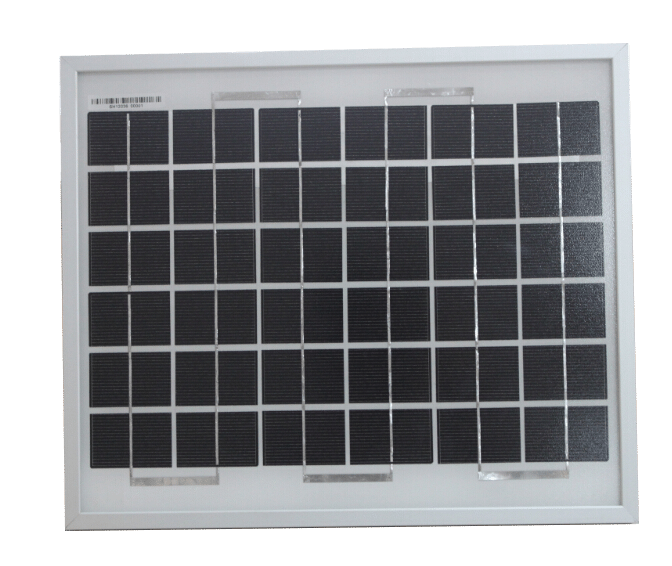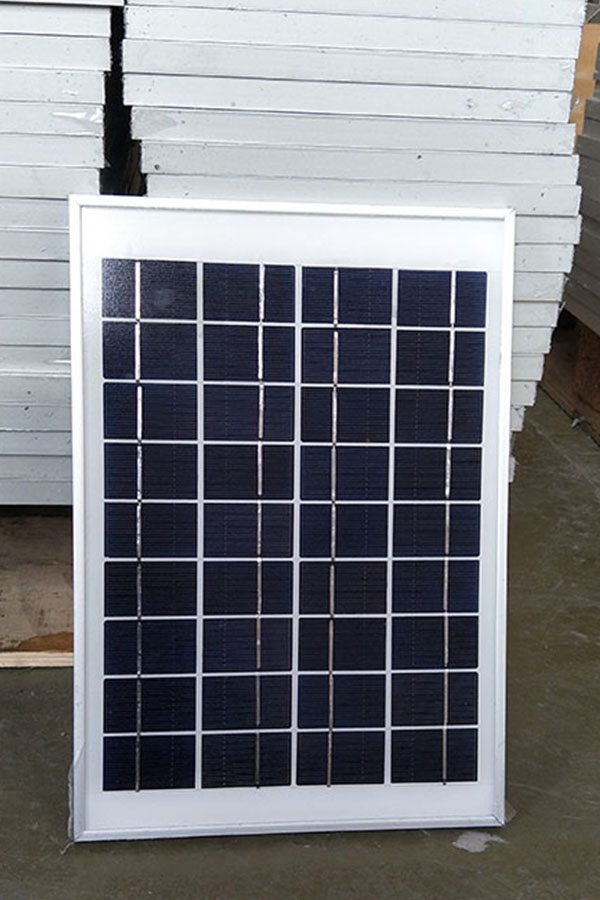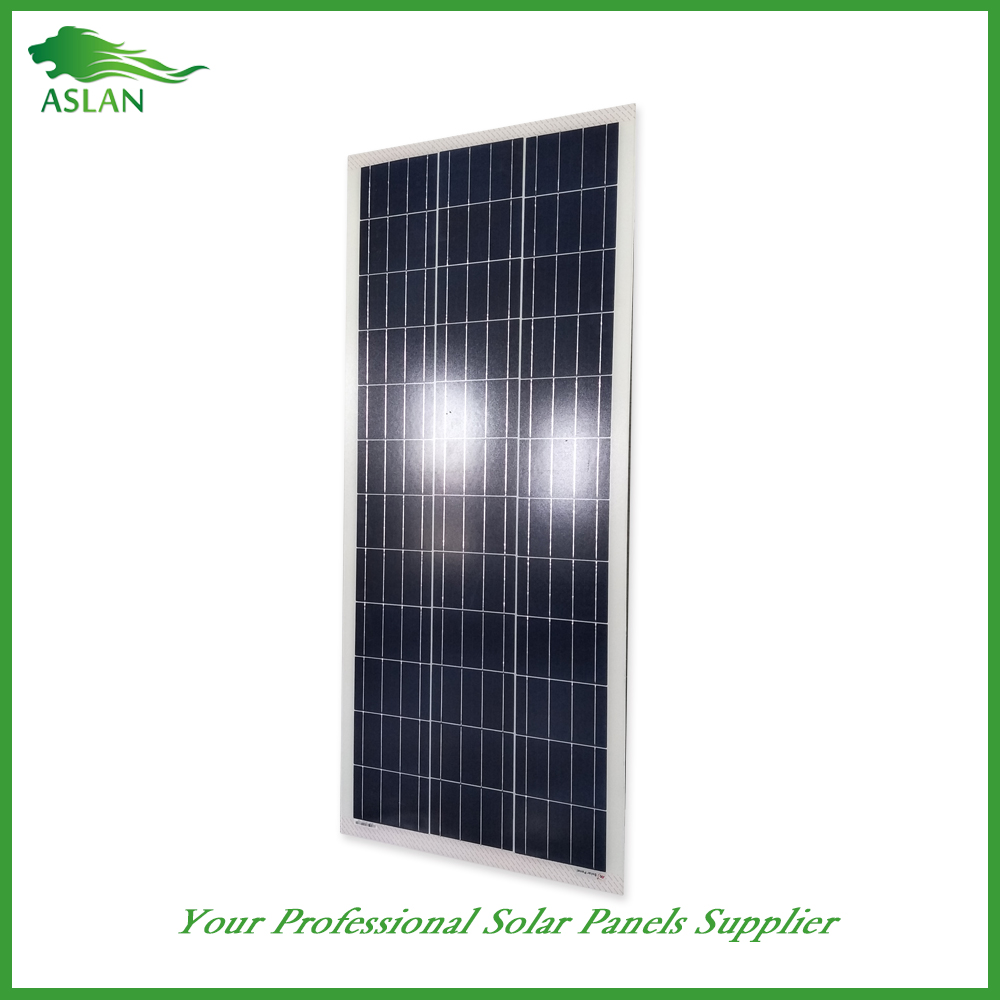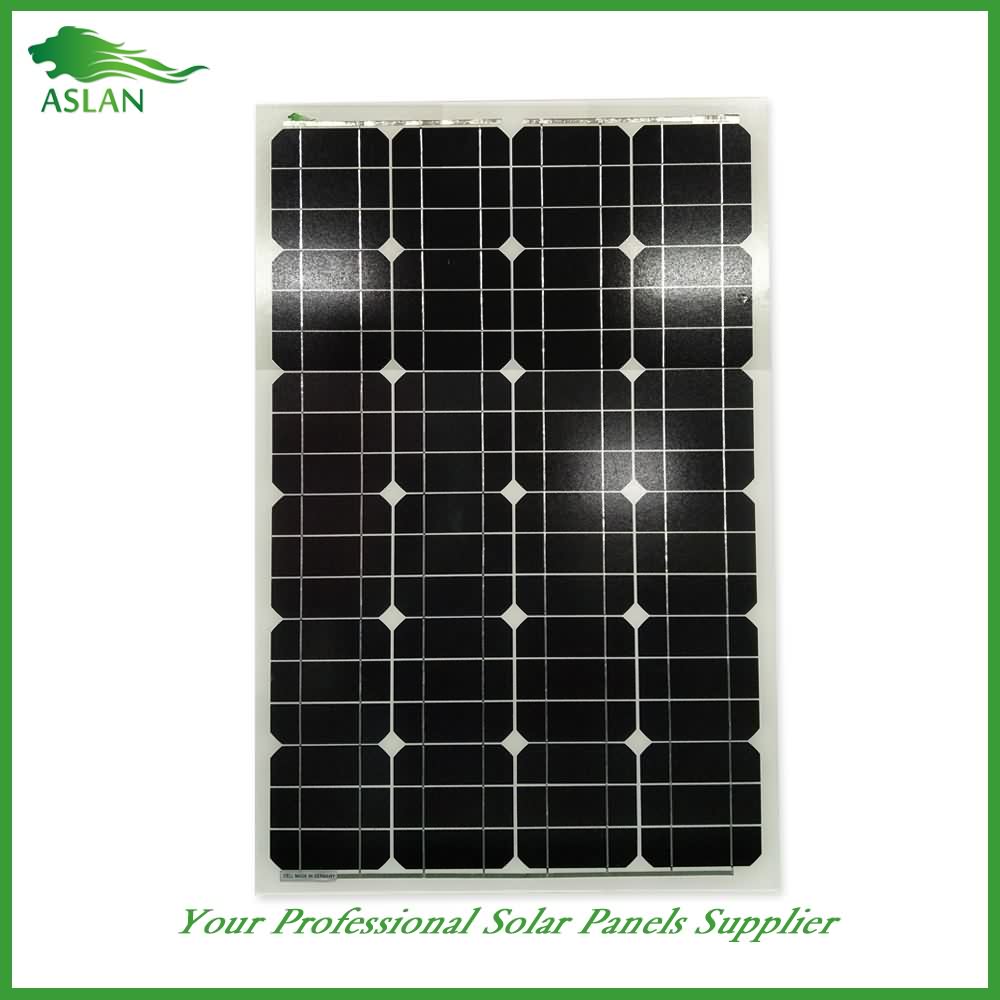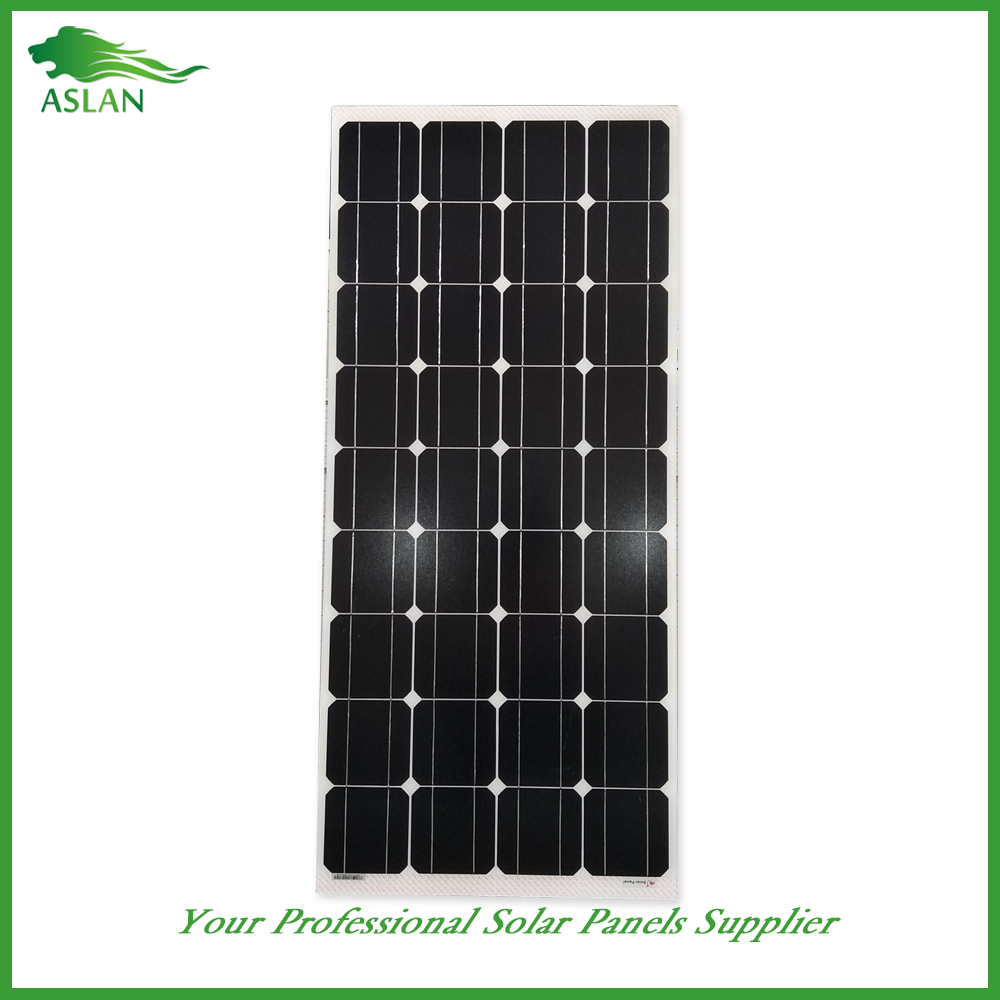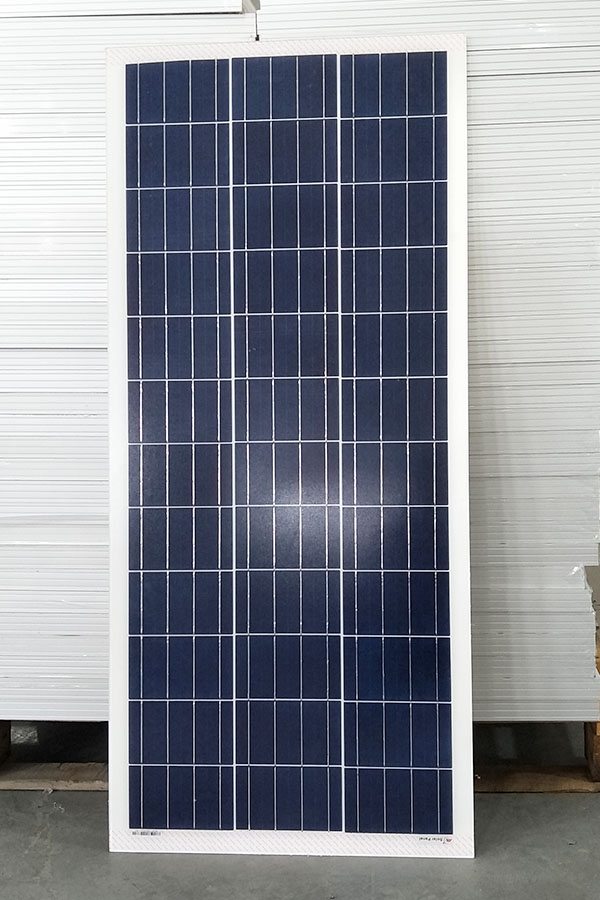Factory Cheap Hot Mono-Crystalline 50W Solar Panel in Albania
Short Description:
Our personnel are always in the spirit of "continuous improvement and excellence", and with the superior quality products, favorable price and good after-sales services, we try to win every customer's trust for Factory Cheap Hot Mono-Crystalline 50W Solar Panel in Albania, Our tenet is clear all the time: to deliver high quality product at competitive price to customers around the world. We welcome potential buyers to contact us for OEM and ODM orders
Technical parameter
Maximum Power(W) 50W
Optimum Power Voltage(Vmp) 18.72V
Optimum Operating Current(Imp) 2.67A
Open Circuit Voltage(Voc) 22.83V
Short Circuit Current(Isc) 2.94A
Mechanical Characteristics
Cell Type Monocrystalline 125×62.5mm
No of Cell 36 (4x9pcs)
Dimensions 636x554x25mm
Weight 4.2Kg
Front Glass 3.5mm,High Transmission, Low Iron,Tempered Glass
Junction box IP65 Rated
Output Cable TUV 1×4.0mm2/UL12AWG,Length:900mm
Temperature and Coefficients
Operating Temperature(°C): -40°C ~ + 85°C
Maximum System Voltage: 600V(UL)/1000V(IEC) DC
Maximum Rated Current Series: 15A
Temperature Coefficients of Pmax: -0.47%
Temperature Coefficients of Voc: -0.389%
Temperature Coefficients of Isc: 0.057%
Nominal Operationg Cell Temperature (NOCT): 47+/-2°C
Materials of solar panel
1).Solar Cell——Mono-crystalline solar cell 125*125mm
2).Front Glass——-3.2mm, high transmission, low iron, tempered glass
3).EVA——-excellent anti-aging EVA
4).TPT——-TPT hot seal made of flame resistance
5).Frame——anodized aluminum profile
6).Junction Box——-IP65 rated, high quality, with diode protection
Superiority: high quality anodized aluminum frame, high efficiency long life, easy installation, strong wind resistance, strong hail resistance.
Features
1. High cell efficiency with quality silicon materials for long term output stability
2. Strictly quality control ensure the stability and reliability, totally 23 QC procedures
3. High transmittance low iron tempered glass with enhanced stiffness and impact resistance
4. Both Poly-crystalline and Mono-crystalline
5. Excellent performance in harsh weather
6. Outstanding electrical performance under high temperature and low irradiance
Quality assurance testing
Thermal cycling test
Thermal shock test
Thermal/Freezing and high humidity cycling test
Electrical isolation test
Hail impact test
Mechanical, wind and twist loading test
Salt mist test
Light and water-exposure test
Moist carbon dioxide/sulphur dioxide
Behold The Future…Transparent solar cells, Generating power from everyday surfaces.
MIT researchers are making transparent solar cells that could turn everyday products such as windows and electronic devices into power generators—without altering how they look or function today. How? Their new solar cells absorb only infrared and ultraviolet light. Visible light passes through the cells unimpeded, so our eyes don’t know they’re there. Using simple room-temperature methods, the researchers have deposited coatings of their solar cells on various materials and have used them to run electronic displays using ambient light. They estimate that using coated windows in a skyscraper could provide more than a quarter of the building’s energy needs without changing its look. They’re now beginning to integrate their solar cells into consumer products, including mobile device displays.
Inventing a new solar technology that can compete commercially with today’s solar cells is difficult, given existing deployment methods. But a transparent photovoltaic (PV) cell would change the rules of the game. It could be deposited on any surface without obscuring the look of the underlying material. “You can have zebra stripes or elephant footprints or whatever you want underneath because the cells that sit on top are invisible,” says Vladimir Bulović, professor of electrical engineering and director of MIT’s Microsystems Technology Laboratories. “They could be on everything around you—including all your windows—and you wouldn’t know it.”
Other research groups have previously worked on making “see-through” solar cells, usually by taking conventional opaque PV materials and either making them so thin they are translucent or “segmenting” them—a process Bulović likens to mounting pieces of a solar panel on a window with gaps for seeing out. But those approaches involve an inherent tradeoff between transparency and efficiency. “When you start with opaque PV materials, you typically have to decrease the amount of active area to increase the transparency,” says Miles Barr PhD ’12, president and CTO of Ubiquitous Energy, Inc. “So with existing PV technologies, it’s difficult to optimize for efficiency and aesthetics at the same time.”
Three years ago, a team in MIT’s Organic and Nanostructured Electronics Laboratory began to tackle the problem using a different approach. Richard Lunt, then an MIT postdoc and now an assistant professor at Michigan State University, proposed making a solar cell that would absorb all the energy from the sun except the part that allows us to see. All light is made up of electromagnetic radiation spanning a spectrum of wavelengths, each containing energy that potentially can be harvested by a solar cell. But the human eye can detect only part of that spectrum—the so-called visible light. With the right materials and design, the light that we can detect would pass through the solar cell to our eyes; the rest would be absorbed by the solar cell—and we’d never miss it.
Inspired by Lunt’s idea, the team developed a transparent PV cell. The schematic figure below shows its components and how they work together. The thickest layer (toward the left) is the glass, plastic, or other transparent substrate being coated; the multiple layers of the PV coating are toward the right. At the core of the coating are the two active layers—the absorptive semiconductor materials that get excited by sunlight and interact, creating an electric field that causes current to flow. Sandwiching those layers are electrodes that connect to the external circuit that carries the current out of the device. Since both electrodes must be transparent—not the usual reflective metal—a layer on the back of the cell can be added to reflect sunlight of selected wavelengths, sending it back for a second pass through the active layers. Finally, anti-reflective coatings can be used on both outside surfaces to reduce reflections because any light that reflects—potentially as much as 10% of the total—doesn’t go through the device. “We use a combination of molecular engineering, optical design, and device optimization—a holistic approach to designing the transparent device,” says Barr.
Bulović recognizes that their technology is not going to save the planet by providing all the emissions-free energy it needs. But he deems it an attractive part of the solution. It can be added to things that are already being deployed, and it won’t require devoting vast new areas to collecting solar energy. With this technology, those areas already exist in the surfaces all around us.
http://energy.mit.edu/news/transparent-solar-cells/
——————————————————————————————————
The Future is Clear
Movable Solar Stands Must Watch
